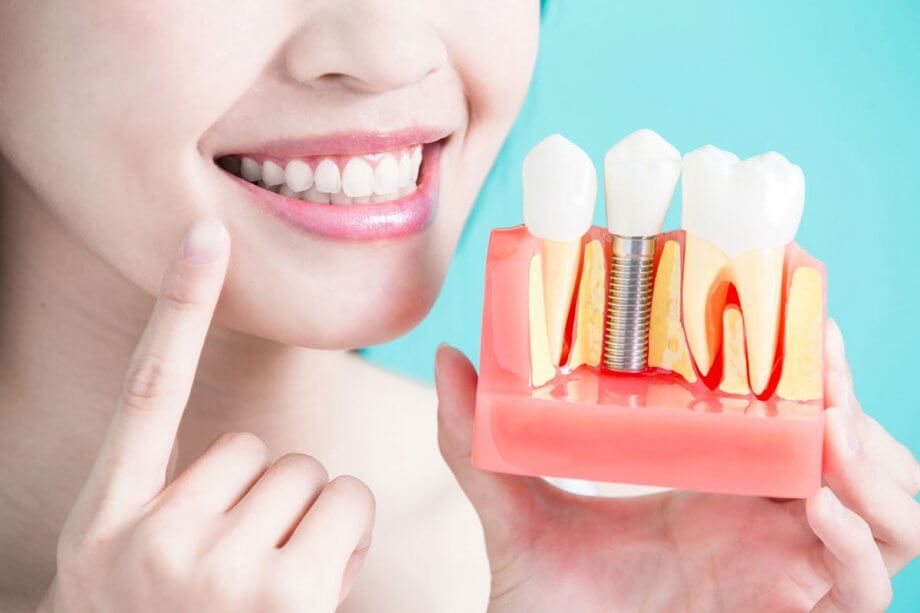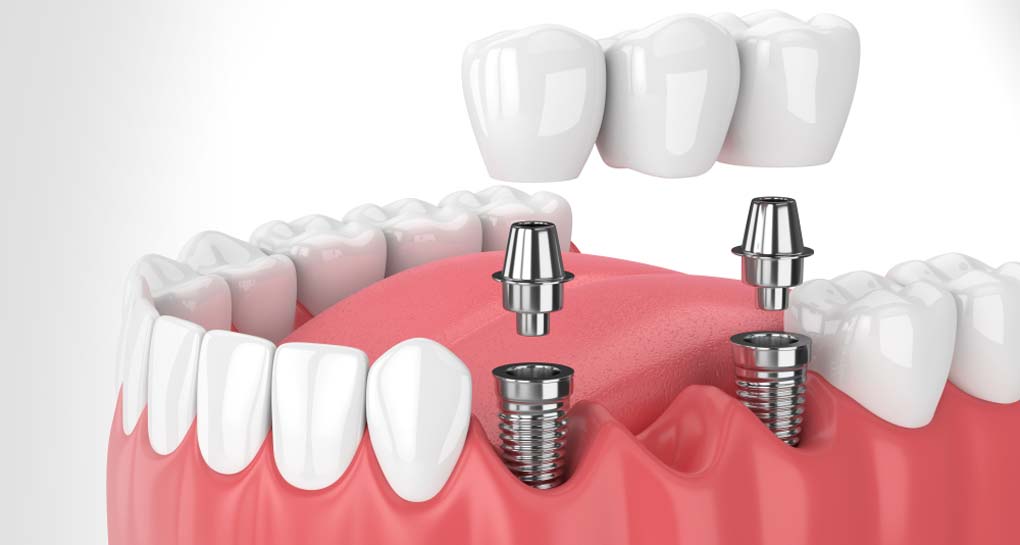Experience the current Developments in Dental Implants Technology
As the area of dentistry remains to advance, the innovations in oral implant modern technology have actually been absolutely nothing short of amazing. From making use of advanced products that enhance resilience to the application of digital imaging for precise positioning, these technologies are transforming the landscape of oral care. With minimally intrusive medical methods and the personalization capacities of 3D printing, individuals currently have actually access to tailored solutions that were as soon as unimaginable. In addition, the combination of innovation is transforming the performance of oral implants, guaranteeing improved end results and client fulfillment.
Advanced Products for Improved Sturdiness
In the realm of dental implants modern technology, the integration of innovative materials has actually dramatically added to boosting toughness and longevity of these essential dental prosthetics. The usage of products such as titanium alloys, zirconia, and ceramic compounds has reinvented the area by using increased stamina, biocompatibility, and resistance to deterioration.
Titanium alloys are commonly used in dental implants as a result of their extraordinary strength-to-weight proportion, deterioration resistance, and compatibility with the body. These alloys make certain the security and longevity of the dental implant by standing up to the pressures applied during talking and chewing, offering a reliable solution for clients seeking long lasting tooth substitutes.
Zirconia, a kind of ceramic material, has actually gained popularity for its biocompatibility and all-natural tooth-like appearance. Its high strength and resistance to wear make it an appropriate option for oral crowns and bridges, boosting the general appearances and performance of the dental implant.

Digital Imaging for Accurate Placement
The advancement of dental implants technology has better advanced with the integration of electronic imaging methods, guaranteeing accurate positioning of these prosthetics for optimum practical and aesthetic end results. Digital imaging plays a vital duty in the preparation and positioning of oral implants by offering in-depth 3D pictures of the client's jawbone framework. This technology enables dental professionals to examine bone density, find essential frameworks, and plan the exact placement and angle for dental implant positioning with unparalleled accuracy.
By making use of digital imaging, dental practitioners can create virtual medical overviews that act as a roadmap throughout the implant placement procedure. These guides are customized for each and every client, thinking about their special composition and the preferred result. This level of precision not just enhances the success rate of dental implant procedures yet also reduces the risk of problems.
Moreover, electronic imaging makes it possible for dental practitioners to visualize the final prosthetic reconstruction before the real positioning of implants, enabling for meticulous planning and making certain that the outcome fulfills the person's aesthetic assumptions. Generally, the combination of electronic imaging modern technology has revolutionized the field of oral implants, offering people an extra predictable, efficient, and patient-specific treatment strategy.

Minimally Intrusive Surgical Strategies


Developments in medical approaches have actually brought about the development of minimally invasive strategies in the area of dental implantology. These methods intend to minimize injury to the individual, reduce recuperation times, and improve general therapy results. Minimally intrusive surgeries include smaller cuts, specialized instruments, and advanced imaging innovations to specifically put oral implants with minimal interruption to Click This Link surrounding cells.
One trick facet of minimally invasive methods is using led surgical procedure, where 3D imaging and computer-aided design software are utilized to prepare the implant positioning with wonderful precision. This permits a more predictable result and can usually eliminate the requirement for extensive flap surgical treatment.
Furthermore, improvements in products and dental implant style have also added to the success of minimally intrusive strategies. Implants with improved surface homes advertise quicker osseointegration, decreasing the healing time called for before the prosthetic remediation can be placed.
3D Printing for Custom-made Solutions
Using 3D printing technology in oral implantology permits the development of very customized remedies customized to specific patient requirements and anatomical variations. This innovative modern technology enables dental professionals to create and produce dental implants with remarkable precision and precision. By making use of digital imaging techniques, such as cone beam of light calculated tomography (CBCT), detailed 3D models of the client's oral cavity can be created to guide the implant preparing process.
Among the vital advantages of 3D printing in dental implantology is the ability to develop patient-specific implants that perfectly fit the one-of-a-kind makeup of each individual. This individualized technique helps boost the overall success and longevity of the implant by guaranteeing optimal fit and placement. In addition, 3D page printing permits the manufacturing of intricate geometries and detailed frameworks that would be challenging or difficult to attain making use of conventional manufacturing approaches.
In addition, 3D printing modern technology enables dental practitioners to streamline the implantation process, decreasing surgical procedure time and boosting overall person experience. With its ability to create customized remedies promptly and efficiently, 3D printing is changing the area of dental implantology, offering patients ingenious treatment choices and boosted outcomes.
Integrated Technology for Improved Functionality
Applying innovative technology in dental implantology enhances performance and precision, boosting the requirement of look after individuals undertaking dental implant treatments. Integrated technology plays a crucial duty in enhancing the general success and toughness of oral implants. One vital advancement is the combination of digital scanning and imaging technologies, such as cone-beam computed tomography (CBCT) and intraoral scanners. These devices permit thorough 3D imaging of the client's dental structures, assisting in accurate therapy planning and dental implant placement.
Furthermore, the integration of computer-aided design and computer-aided manufacturing (CAD/CAM) innovation makes it possible for the development of custom-made implant repairs with exceptional precision. CAD/CAM systems use electronic impacts to make prosthetics that completely fit the person's one-of-a-kind makeup, ensuring ideal comfort and capability. Furthermore, the usage of robotic-assisted surgical treatment in dental implant placement boosts precision and decreases the danger of human error.
Conclusion
Finally, the most recent technologies in oral implants innovation deal boosted longevity with innovative materials, precise positioning with electronic imaging, minimally invasive surgical methods, customized services with 3D printing, and boosted functionality with incorporated technology - Dental implants Kent. These improvements in oral implants innovation are reinventing the field and supplying clients with even more effective and efficient treatment choices for recovering their smiles and dental health and wellness
The combination of modern technology is changing the performance of dental implants, promising boosted outcomes and person complete satisfaction.
The development of dental implants try this website modern technology has additionally advanced with the integration of digital imaging techniques, guaranteeing specific placement of these prosthetics for ideal functional and visual results. Minimally intrusive medical treatments involve smaller lacerations, specialized tools, and progressed imaging innovations to specifically put oral implants with minimal disruption to surrounding cells.
Implementing cutting-edge technology in oral implantology improves capability and accuracy, raising the standard of treatment for people going through dental implant procedures. Dental implants Kent. Integrated technology plays an essential role in improving the overall success and sturdiness of dental implants